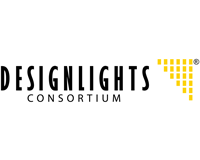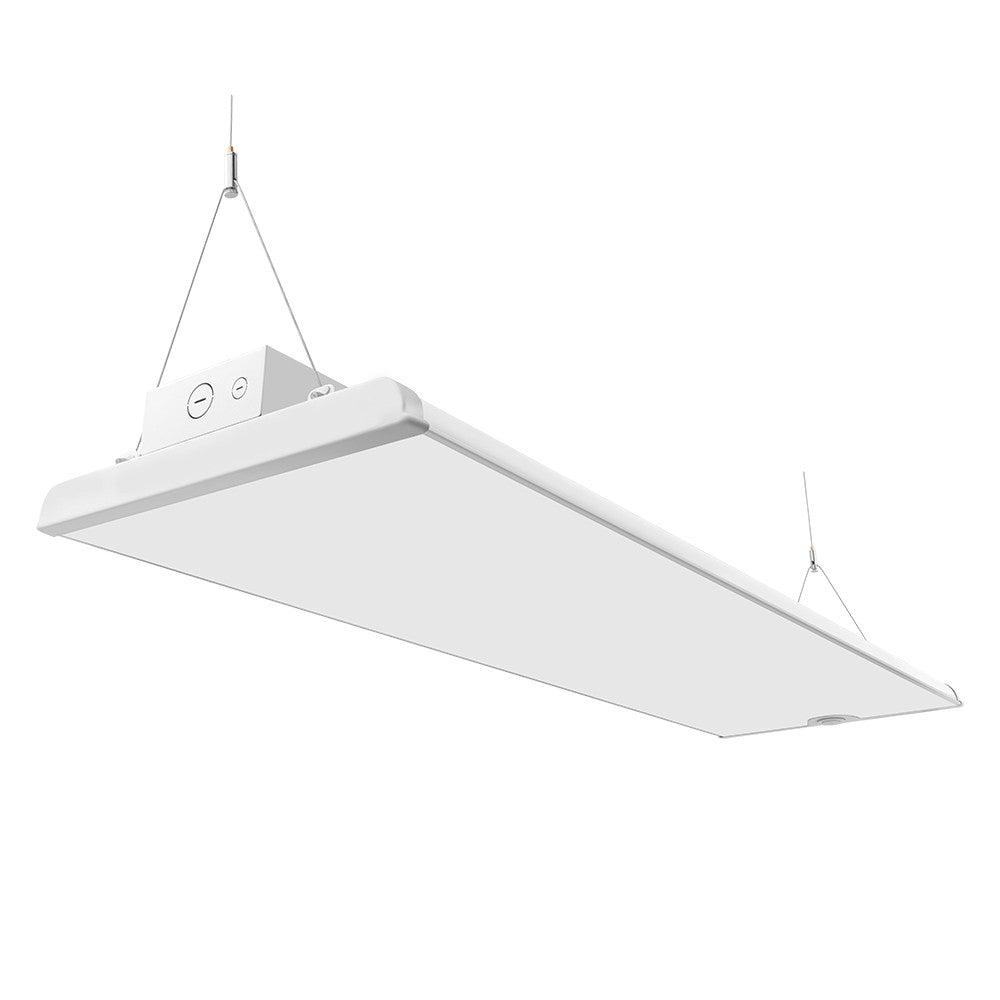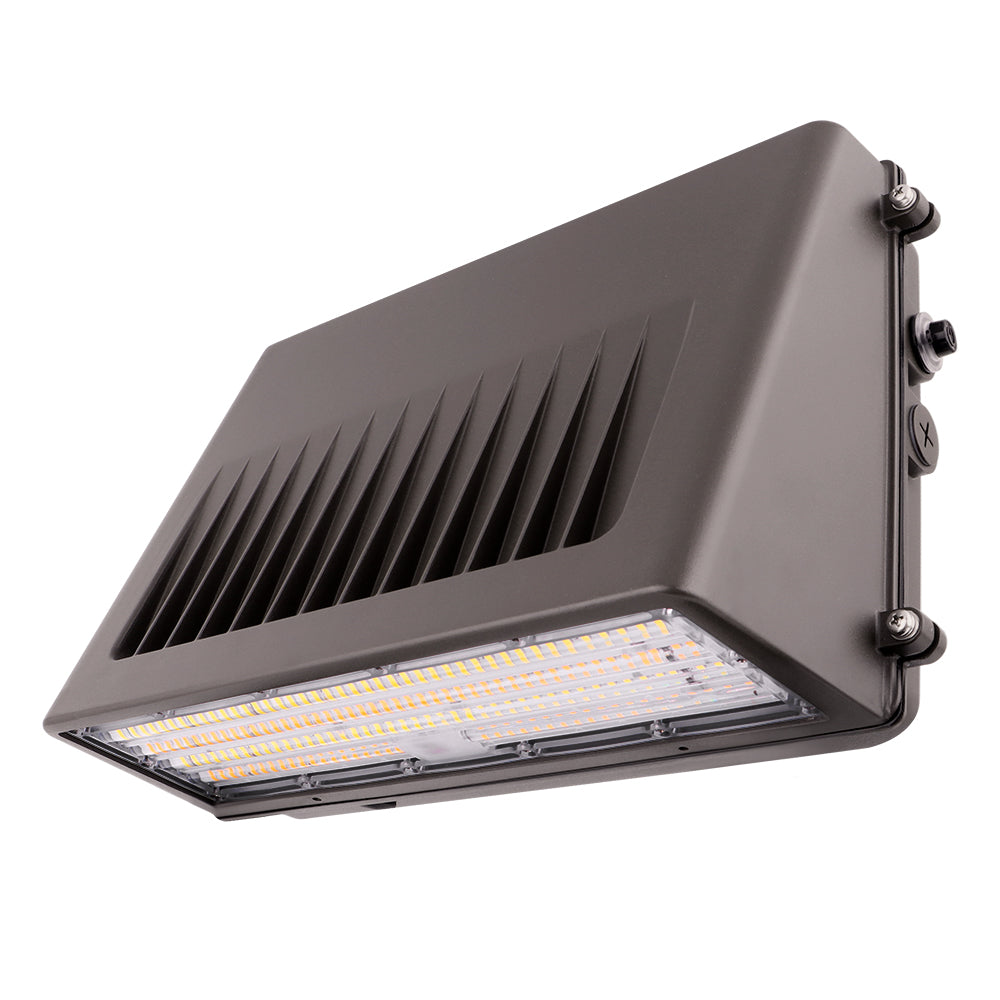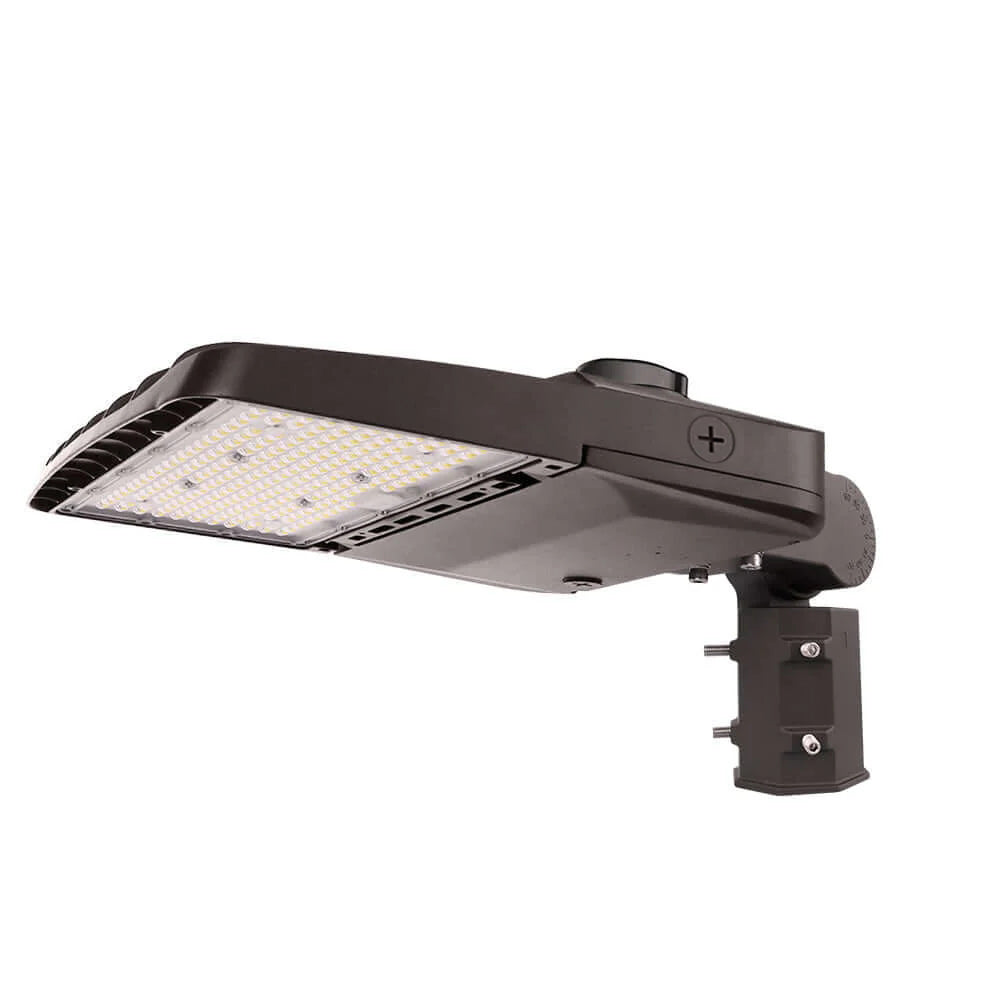When stepping into any space, one of the first things you might notice, whether consciously or subconsciously, is the lighting. It sets the tone, affects mood, and, most importantly, impacts visibility. As technology advances, the debate between LED vs. fluorescent lights continues to be a hot topic among facility managers, contractors, electricians, and environmentally conscious consumers alike.
Why is this comparison so critical? Each type of lighting – from the LED lights known for their efficiency to the traditional fluorescent lights seen in offices and schools – carries its own set of characteristics, benefits, and limitations. Whether you're overseeing a facility's lighting upgrade or simply curious about the difference between fluorescent lights vs. LEDs, understanding each type is key to making informed decisions that align with your needs and values.
Let's explore the nuances of both lighting solutions. We'll cover the benefits of LED lights and fluorescent lights, consider their costs, and arm you with the knowledge to choose the best option for your space and budget.

What Is an LED Light?
LED stands for light-emitting diode. It's a technology that uses a semiconductor to convert electricity into light. LED lights are valued for their efficiency and versatility. Unlike traditional lighting methods, LEDs emit light in a certain direction, reducing the need for reflectors and diffusers that can trap light. This feature makes LEDs highly efficient for many commercial lighting applications. Additionally, LEDs come in a range of colors and brightness levels, which can be tuned to create the perfect ambiance for any setting.
What Is a Fluorescent Light?
Fluorescent lights operate quite differently from LEDs. They consist of a glass tube coated in phosphor and filled with a gas that contains low-pressure mercury vapor. When electric current flows through the vapor, it emits ultraviolet light, causing the phosphor coating inside the tube to glow or fluoresce. While they're more energy-efficient than traditional incandescent bulbs, fluorescent lights are less energy efficient than LED lights. They sometimes emit slightly uneven light, which is unsuitable for precision workspaces.
| Comparison At a Glance: LED vs. Fluorescent Lights | ||
|---|---|---|
| Feature | LED Lighting | Fluorescent Lighting |
| Energy Efficiency | Uses up to 44% less energy | Less efficient than LEDs |
| Lifespan | 25,000 to 50,000 hours | 7,000 to 15,000 hours |
| Environmental Impact | No hazardous materials (mercury-free), lower carbon emissions | Contains mercury, higher environmental impact |
| Safety | No UV emission, lower heat output | Emits UV light, higher heat output |
| Cost Over Time | Higher initial cost but lower lifetime cost | Lower initial cost but higher costs over time |
| Instant On | Yes, immediate illumination | No, requires warm-up time |
| Maintenance | Less frequent replacements, lower maintenance costs | More frequent replacements and maintenance |
| Color Rendering Index (CRI) | Higher (80 to 90+) | Lower (70 to 85) |
| Flickering | Minimal to none | Common, especially as bulbs age |
Performance Comparison
LEDs are lauded for their superior color rendering index (CRI), making them ideal in settings where true color perception is crucial, such as graphic design or retail environments. Furthermore, LEDs offer an "instant-on" capability, which means they reach full brightness immediately after being turned on, without flickering or warm-up time. On the other hand, fluorescent lights require a brief warm-up period before reaching full luminosity, which can be a drawback when immediate lighting is needed. Fluorescents provide strong, widespread lighting, which can be beneficial in industrial settings where broad lighting coverage is needed but an immediate response is less critical.
Energy Efficiency & Cost of LED Lights vs. Fluorescents
One of the primary benefits of LED lights is their energy efficiency. According to a study conducted by the University of Michigan, LED lighting is up to 44 percent more efficient compared to 4-foot fluorescent tubes and T8 lamps, which translates to significant cost savings in the long run. Moreover, the cost of LED lights has decreased significantly over the years, making them more accessible for users.
The benefits of fluorescent lights include a lower initial purchase price. This can make them attractive for projects with a tight budget. However, the cost of fluorescent lights adds up over time due to a shorter lifespan and higher energy consumption than LEDs.
Lifespan and Maintenance
LEDs shine brighter when it comes to lifespan and maintenance. An average LED light can last up to 50,000 hours, significantly outperforming fluorescent lights, which typically offer about 10,000 to 15,000 hours of light. This extended lifespan reduces the frequency of replacements and lessens the maintenance burden, making LEDs an ideal choice for hard-to-reach areas and high ceilings.
Fluorescent lamps, while cheaper upfront, may require more frequent replacements and can be sensitive to environmental factors like temperature and humidity, which can further shorten their lifespan. Additionally, their components, such as ballasts, can fail and require replacement, adding to maintenance costs and efforts.
Environmental Benefits of LED Lights
LEDs have a clear advantage when it comes to environmental impact. They use less power, contributing to lower carbon emissions, particularly when sourced from non-renewable energy supplies. Furthermore, LEDs do not contain mercury, which is a toxic substance posing health and environmental risks when disposed of improperly.
Safety Considerations
Safety is another crucial factor in the LED vs. fluorescent lights debate. Fluorescent lights contain trace amounts of mercury, necessitating careful handling and disposal to avoid contamination. LEDs, on the other hand, are free of hazardous materials, enabling safer and easier disposal at the end of their life cycle.
Health and Educational Impacts
Studies have explored how LED lighting affects learning environments and worker performance. For example, tunable LED lighting, which allows adjustments in color temperature and brightness, has been shown to improve concentration and performance in classroom and workplace settings, offering a customizable solution that can enhance productivity and well-being. Also, LEDs don't flicker, which can be a common issue with fluorescent lights. Flickering fluorescents can cause eye strain and headaches, making LEDs a better option for environments such as schools, offices, and hospitals where people spend prolonged periods under artificial lighting.
Expert Recommendations
Lighting designers and energy efficiency experts overwhelmingly recommend LEDs due to their versatility, aesthetic benefits, and ability to adapt across various settings. Whether it's for residential, commercial, or industrial use, LEDs offer enhanced durability, better light quality, and significant energy savings, making them a preferable choice in modern lighting solutions.
In a Match-up Between LEDs vs. Fluorescent Lights, the Winner Is Clear
Experience the benefits of LED lighting for yourself. Revolve LED has a wide range of energy-efficient LED products. Whether you're upgrading your home, office, or industrial space, we have lighting solutions to enhance your environment while cutting costs and conserving energy. Start refining your space with LEDs today!
Shop All Indoor LightingFAQs: LED vs. Fluorescent Lights
Below, we've addressed some common questions about LED vs. fluorescent lights. Please contact us for additional information.
Are LED lights safer than fluorescent lights?
Yes, LED lights are safer than fluorescent lights. LEDs don't contain mercury, which is a toxic substance found in fluorescent bulbs. Additionally, LEDs emit very little UV light, reducing potential risks such as skin irritation and eye strain.
Can LED lights replace fluorescent tubes directly?
Yes, LED lights can directly replace fluorescent tubes in many cases. There are several LED products that fit into existing fluorescent fixtures, including plug-and-play types that work with existing ballasts and direct-wire types that bypass the ballast entirely. But, it's essential to check the compatibility of the LED product with your specific fixture type. There are also retrofit kits for fixtures that enable convertibility to LED lights.
Do LED lights flicker like fluorescent lights?
No, LED lights don't flicker like fluorescent lights. LED technology provides stable, flicker-free light, which is beneficial for environments where precision and eye comfort are crucial, such as in offices, schools, and healthcare facilities.
Related Articles













